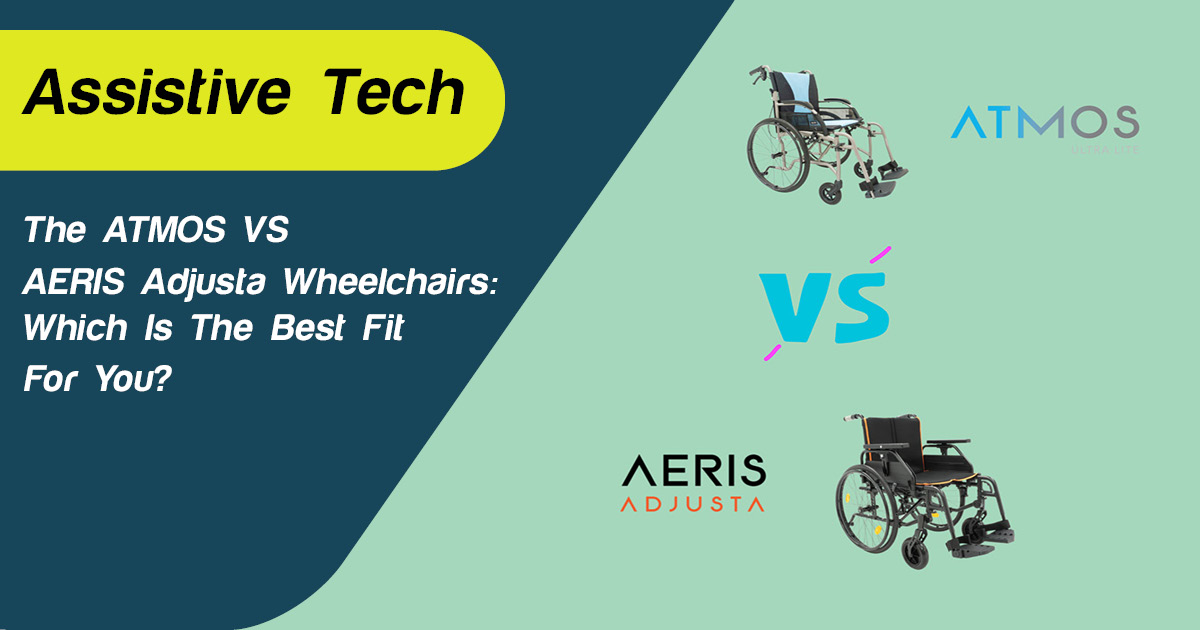
Share

Monitoring the condition of your patient lifting hoist is imperative to keep patients safe and secure during transfers and to minimise the risk of back injuries for yourself. When a hoist no longer serves its purpose to its full potential, it must be removed from service for repairs or replacement.
Not sure what you would do if you noticed that a hoist was broken? This article shares some tips on identifying a broken or malfunctioning hoist and reporting it effectively.
Identifying A Broken Hoist

There are multiple checks to complete before using a patient lifting hoist. Download the checklist above, or read through our more detailed instructions below.
Note: It is important to cross-check instructions from the supplier’s user manual and your particular workplace policies and procedures. These are general guidelines only.
- Check the battery — Is the battery charging correctly? Has it been inserted correctly? Is it slower to charge than it was before, or has it stopped charging completely? Remember that some hoists have an inbuilt mains charger, and the hoist will not work while charging. Be sure to check the user manual.
- Check the hand controller — Does the hoist respond instantly when you press the buttons?
- Check the hard control cord — Are there any signs of wear and tear on the hard control cord, like overstretching or exposed wires?
- Check emergency features — Does the emergency stop button work? Does the emergency lower system work? Has the emergency button been accidentally pushed? This is a common occurrence.
- Check the pivot frame (if applicable) — If your hoist has a pivot frame, does it move freely and easily?
- Check for other damage — Are there any signs of corrosion or rust, cracking, sharp edges or other damage on the frame, boom, yoke or actuator housing of the hoist?
Below, we have also highlighted some additional checks to complete for floor hoists.
- Check the legs — Do they move smoothly when spread and closed?
- Check the battery — Does it engage easily on the hoist and the charger?
- Check the casters — Are they securely attached, and do they roll freely as you move the hoist?
- Check the brakes — Are they easy to engage, and do they brake effectively?
It’s crucial to get into the habit of completing these quick and simple checks each time you use a patient lifting hoist. This will help keep the patient safe and secure inside the sling and reduce the risk of injuries for yourself.
We also recommend booking regular, in-depth inspections to ensure the hoist is in good working order at all times.
What To Do If You Notice That A Hoist Is Broken
If you notice that a patient lifting hoist is broken or malfunctioning, it is imperative to remove it from service immediately and report the equipment to your supervisor, floor manager or whoever else is in charge of the lifting equipment in your workplace. They will have their own protocol to follow in regard to the investigation, inspection and repair of the hoist.
Our service department specialises in the repair and maintenance of patient lifting hoists. We even offer regular maintenance contracts for equipment in hospitals, schools and care homes, with six monthly service intervals as a standard. Contact us for more information at (02) 9649 2111.
Hire Or Purchase a New Patient Lifting Hoist from Active Mobility!
At Active Mobility, we stock an incredible range of high-performance hoists to make patient transfers safe and simple. From premium brands like Allegro Concepts, Prism Medical and Molift by Etac, you can rely on our patient lifting hoists to go the distance.
Alternatively, hire a patient lifting hoist online today. We offer hoists that can be used in home and hospital environments — plus, we have various brands and configurations available to make patient transfer easy.









